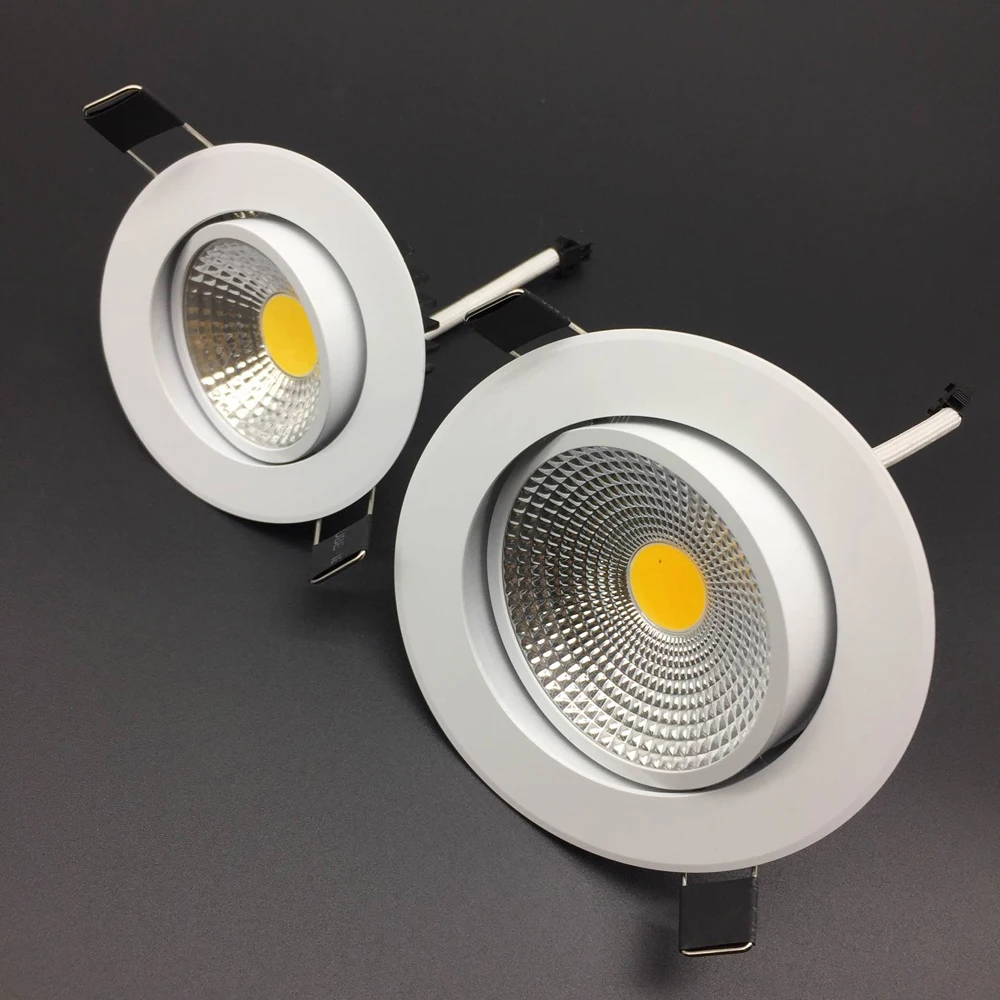GUIDATO (Diodo ad emissione luminosa) la tecnologia ha rivoluzionato il settore dell’illuminazione, fornendo efficienza energetica, soluzioni di illuminazione durevoli e versatili. Comprendere come funzionano le luci a LED implica esplorare i loro componenti di base, la scienza dietro la loro emissione di luce, and their practical applications. This article provides an in-depth look at the intricacies of LED technology, covering principles of operation, benefits and typical uses.
Fundamentals and Components
LEDs are semiconductor devices that emit light when an electric current is passed through them. the core components of an LED include a semiconductor chip, packaging materials, and an optical lens. Semiconductor chip: This is the heart of the LED and is usually made of materials such as gallium arsenide or gallium phosphide. These materials have properties that make them suitable for efficient light emission. The chip consists of two regions, the p-type semiconductor (positive) and the n-type semiconductor (negative). When energized, electrons pass through the pn junction and recombine with holes to release energy in the form of photons (leggero). Encapsulant: A semiconductor chip is covered with an encapsulant, usually made of epoxy resin. This encapsulating material protects the delicate semiconductor material from physical damage and environmental factors such as moisture and dust. Optical Lens: Lenses can be molded into a variety of shapes to focus and direct emitted light. The shape and design of the lens affects the scattering and intensity of the light beam.
How LEDs emit light LEDs
The process of emitting light is based on electroluminescence, a phenomenon in which a material emits light in response to an electric current. Here is a step-by-step breakdown of the process: Electrical stimulation: When a voltage is applied to the LED, electrons are supplied to the n-type semiconductor and holes are supplied to the p-type semiconductor. Electron-hole complex: The electrons and holes move toward the pn junction. When they meet, they are compounded. This compounding releases energy in the form of photons. Photon Emission: The wavelength (and color) of the emitted light depends on the energy band gap of the semiconductor material used. Different materials emit different colors, from infrared to ultraviolet. Light Extraction: Encapsulation materials and optical lenses help to efficiently extract the emitted light from the semiconductor and direct it where it is needed.
Advantages of LED Lighting
LED lights offer many advantages over traditional lighting technologies such as incandescent and fluorescent: Energy Efficiency: LEDs convert a higher percentage of electrical energy into light rather than heat, making them more energy efficient. They use up to 80% less energy than traditional incandescent lamps. Durata: LEDs have a significantly longer lifespan, typically over 25,000 ore, compared to about 1,000 hours for traditional incandescent lamps and 8,000 hours for compact fluorescent lamps (CFL). Durability: LEDs are solid-state lamps and are therefore more resistant to shock, vibration and external impact. This makes them ideal for use in harsh conditions. Environmental impact: LEDs are environmentally friendly because they do not contain harmful substances such as mercury (which is found in CFLs). Their energy efficiency also means reduced carbon emissions over their lifetime.
Versatility:
LEDs can be designed in a variety of shapes and sizes and their brightness and color can be easily controlled. This versatility allows for innovative lighting designs and applications. Practical Applications for LEDs LED technology has been integrated into numerous applications in different industries: Residential Lighting: LEDs are commonly used for home lighting because of their high efficiency and long life. They come in a variety of forms, including bulbs, strips and panels.
Commercial and Industrial Lighting: In commercial and industrial environments, LEDs provide bright, efficient lighting for offices, warehouses and factories. Their durability and low maintenance make them cost-effective in the long run. Street and Outdoor Lighting: LEDs are widely used in street lighting and outdoor lighting solutions. Their ability to produce high intensity light while consuming less power makes them ideal for large-scale applications.
Automotive Lighting: LED lamps are increasingly used in automotive headlights, taillights and interior lighting due to their high brightness, long life and design flexibility. Displays and screens: LEDs are an integral part of modern display technology, including TVs, computer monitors and cell phone screens. They provide vibrant colors and high efficiency.
Specialized applications: LEDs are also used in horticultural lighting, medical equipment, and as indicators in a variety of electronic devices. Conclusion The operation of LED lights is rooted in the basic physical principles of semiconductors and electroluminescence. Their design consists of several key components that work together to produce efficient and directional light.
As technology advances, LEDs continue to evolve, providing more innovative solutions for the future of lighting.
